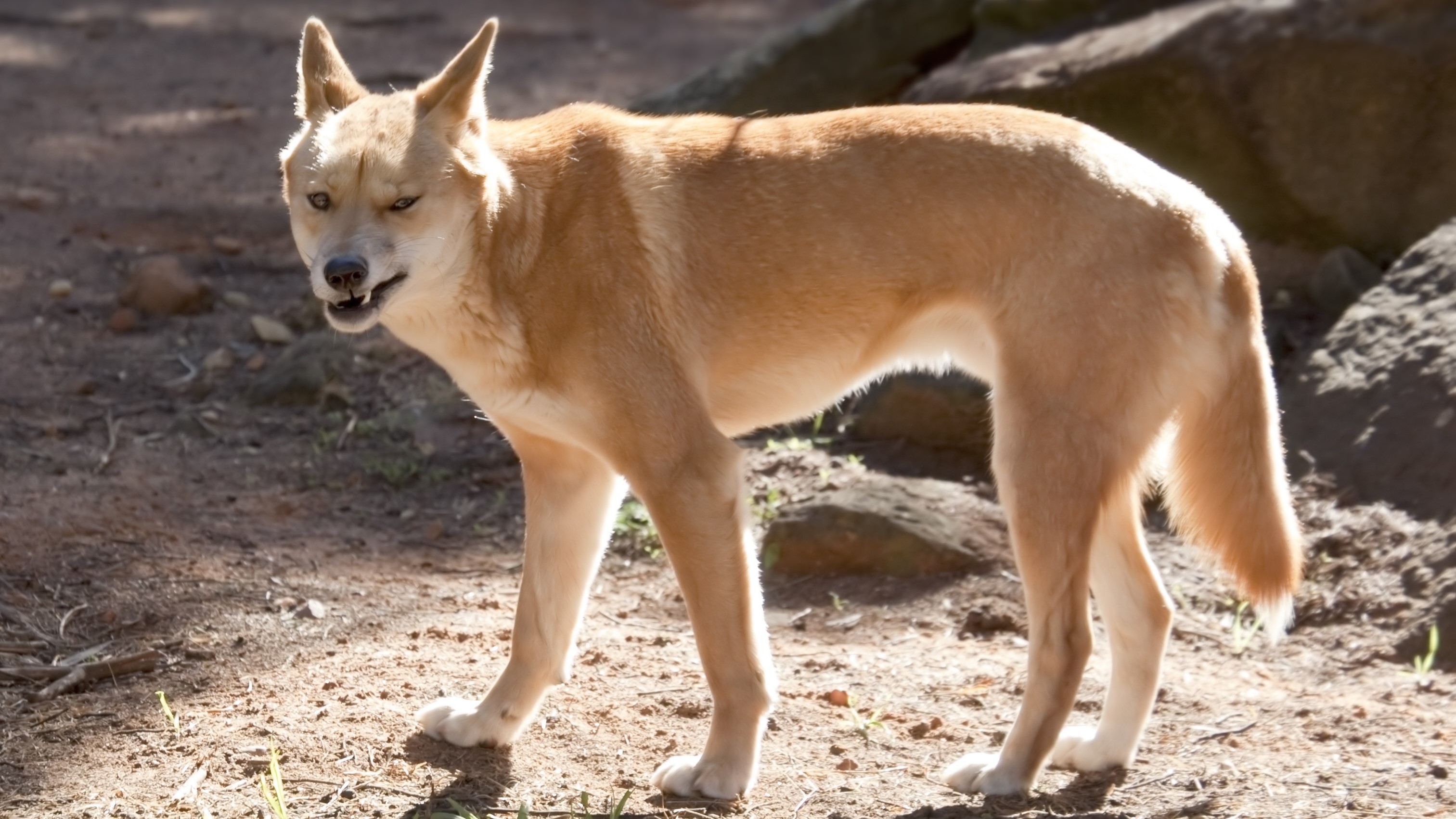
A dingo recently attacked a 6-year-old girl while she was paddling in a shallow lagoon in Australia, holding her underwater and repeatedly biting her head.
The wild dog attacked the girl on K'gari, also known as Fraser Island, on April 3. The child is in stable condition, having suffered three puncture wounds around her ear. Rangers with the Queensland Parks and Wildlife Service (QPWS) believe the dingo responsible was an untagged male.
"It's believed the young tourist was swimming in shallow water on the eastern side of the island when the dingo tried to grab onto her," LifeFlight rescuers said in a statement. "The animal repeatedly held her underwater for a few seconds before nearby family members were able to get the dingo off her."
Authorities reported a second dingo attack on a toddler on Friday (April 14) in Karijini National Park, in Western Australia, 932 miles (1,500 kilometers) north of Perth. The boy suffered serious but non life-threatening injuries before his mother managed to fight the animal off.
Dingoes (Canis dingo) are part dog, part wolf. They are Australia's largest carnivorous mammals and typically hunt rabbits, kangaroos, wallabies and wombats — but not humans.
"Generally dingoes go about their lives and stay clear of people," representatives of QPWS, which is investigating the mauling, said on its website. "From time to time, dingoes may come close and some encounters can turn to tragedy."
Related: Humans are practically defenseless. Why don't wild animals attack us more?
K'gari is home to roughly 200 wild dingoes, according to the QPWS. They live in packs of up to 12 animals that patrol defined territories, but their curiosity occasionally draws them into tourist locations, where close encounters can turn nasty.
The QPWS urges visitors to clear away scraps of food and to never feed dingoes, as they may become increasingly habituated and emboldened in the presence of humans. Research suggests the availability of human food can reduce dingoes' aggression towards each other and lead to larger numbers of animals foraging together.
If they can regularly access human leftovers, dingoes may come to associate humans with food and try to steal items that they perceive as a meal. A survey of dingo attacks on K'gari between 2001 and 2015 found that more than half of the incidents involved a "chase," where a person was walking or running after a wild dog to retrieve a stolen possession. This may trigger a defensive response from dingoes and has led to aggressive group attacks, according to experts writing in The Conversation.
Although uncommon, dingo attacks on children are often linked to food — if a baby is left sitting on a picnic rug and dogs try to pinch some food, for example — or due to defensive interactions sparked by toddlers playing or running around, according to the QPWS. Altogether, there have been 33 incidents of dingoes nipping, mouthing or biting people since 2018, according to the Queensland Department of Environment and Science.
In December 2022, a dingo repeatedly bit a 5-year-old boy on the head, arm and buttocks in a remote camping area on K'gari. The last fatal attack on the island was in 2001, when two dingoes mauled a 9-year-old boy to death after he and his brother happened upon the dogs and tried to run away.







